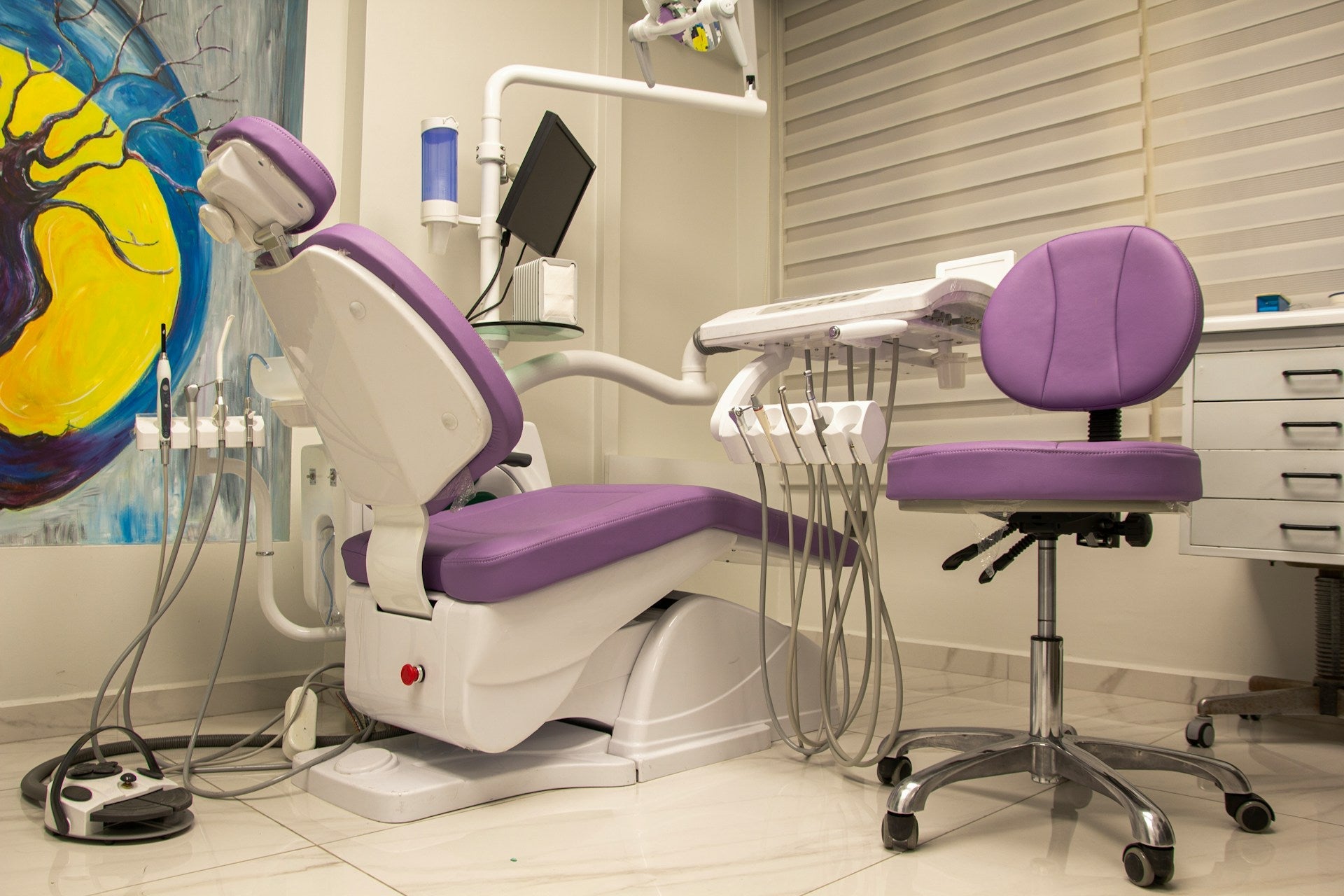

· By Trevor Horne
Troubleshooting Common Problems With Saddle Stools
Saddle stools have become an important tool in medical settings like dental offices and veterinary clinics. They offer ergonomic advantages that help medical professionals maintain good posture during extended procedures. With their unique design, saddle stools can improve comfort and reduce fatigue, making long days a bit more manageable.
However, despite their benefits, saddle stools can present some challenges. Users might experience discomfort, notice instability, or encounter mechanical issues. These problems can interfere with efficiency, which is why troubleshooting and maintenance are key. Understanding how common problems arise and how to fix them can turn these potential headaches into minor bumps along the way, keeping the professional environment running smoothly.
Identifying Common Problems With Saddle Stools
Even the best saddle stools can come with their own set of issues. It's essential to know what these problems look like, so you can address them effectively.
1. Discomfort: Users often complain about sore backs or legs, which can be a result of incorrect height adjustments or poor posture while seated. Over time, this can lead to chronic discomfort.
2. Instability: If the stool feels wobbly, it might not provide the needed support for focused work. This instability can be distracting and may even be a potential safety issue.
3. Mechanical Problems: Issues such as squeaking noises, difficulty with height adjustment, or problems with wheel mobility can disrupt the smooth flow of daily tasks.
The impact of these issues can be significant. For example, a dentist experiencing discomfort might find it difficult to maintain concentration during a complex procedure. Instability could lead to interruptions during veterinary surgeries, where focus is crucial. Mechanical problems can cause delays or additional stress, affecting the overall efficiency of the clinic. Understanding these concerns is the first step in addressing them, ensuring that saddle stools remain as effective and supportive as intended.
By tackling these common problems head-on, you can ensure that your stool remains a trusty tool rather than a source of frustration. In the next sections, we'll explore straightforward solutions and handy tips that can help extend the life and functionality of your saddle stool.
Troubleshooting Discomfort and Ergonomics
When dealing with discomfort, it's crucial to first check the height of your saddle stool. Make sure your feet sit flat on the ground, and your knees are slightly lower than your hips. This basic adjustment can significantly improve your seating comfort. If discomfort persists, examine your posture throughout the workday. Aim for a natural curve in your lower back rather than leaning forward. This can relieve unnecessary pressure and reduce strain. Sometimes, a simple reminder like a sticky note on your desk can help you maintain good posture.
To fine-tune the stool further:
- Adjust the tilt of the seat to suit your preference. Some users find slight forward tilting beneficial.
- Consider using a footrest to help distribute weight more evenly.
- Invest in a stool cushion for added comfort if you spend long hours seated.
Regularly revisiting these adjustments can help maintain ergonomic support, enhancing your focus and reducing the risk of discomfort over time.
Addressing Mechanical Issues
Mechanical issues, like a stool that squeaks or wobbles, can be equally disruptive. One common solution is to check the wheels for blockages. Dust and debris often get caught, causing resistance. Cleaning the wheels can restore smooth movement. For those squeaks, a bit of lubricant on joints or moving parts might do the trick.
Other mechanical fixes include:
- Tightening loose screws or bolts that might be causing instability.
- Checking the hydraulics if the stool doesn't hold the height properly.
- Ensuring that any locks on swivel functions are securely engaged or released as needed.
Should these issues persist despite your best efforts, it might be wise to call in a professional repair service or consider replacement parts.
Maintenance Tips for Longevity
Regular maintenance keeps your saddle stool in peak condition. Begin by conducting a weekly check for any signs of wear or damage. This helps catch potential problems early, preventing them from escalating. Simple cleaning can make a significant difference, so routinely wipe down surfaces to keep the material in good shape.
Here are some practical maintenance tips:
- Vacuum or air spray the underside to remove hidden dust.
- Inspect the upholstery for tears or stains, addressing them promptly.
- Lubricate moving parts every few months to maintain functionality.
Taking a proactive approach to maintenance not only extends the life of your stool but also ensures it remains a reliable asset in your day-to-day routine.
Enhance Your Practice with Reliable Equipment
Regular care and troubleshooting of saddle stools set you on the path to a productive and comfortable work environment. Well-maintained stools offer optimal performance, boosting both efficiency and satisfaction in medical settings. When a stool functions well, you can focus more on your tasks without the distraction of discomfort or mechanical hiccups.
Consider seeking professional advice if you ever encounter complex issues. Professionals can assess whether an upgrade or repair is more beneficial. Sometimes, exploring newer models may also yield a better fit for your specific needs. Keeping your equipment in top-notch condition plays a crucial role in maintaining a smooth-running practice, where tools serve rather than hinder you.
Keep your medical practice efficient and comfortable by ensuring your seating options are in top shape. If you're considering new seating options or looking to improve current setups, explore how a well-maintained saddle stool can make a difference. Trust ProNorth Medical for insights and products that support your clinical needs seamlessly.
